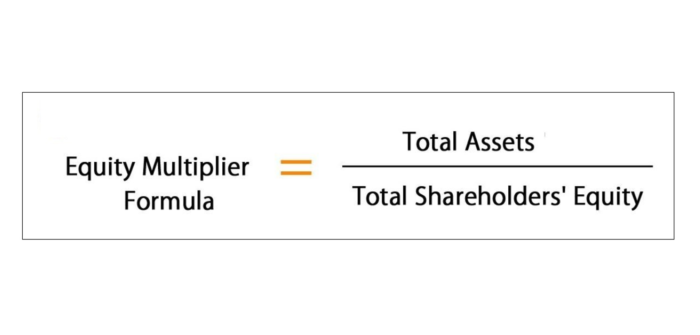
As you learned in Role of Accounting in Society, US-based companies will apply US GAAP as created by the FASB, and most international companies will apply IFRS as created by the International Accounting Standards Board (IASB). As illustrated in this chapter, the starting point for either FASB or IASB in creating accounting standards, or principles, is the conceptual framework. Both FASB and IASB cover the same topics in their frameworks, and the two frameworks are similar. The conceptual framework helps in the standard-setting process by creating the foundation on which those standards should be based. It can also help companies figure out how to record transactions for which there may not currently be an applicable standard. Though there are many similarities between the conceptual framework under US GAAP and IFRS, these similar foundations result in different standards and/or different interpretations.
- It is the same way when a buyer buys products, and the recording is done based on the price paid.
- In the case where the value of an asset has been impaired, such as when a piece of machinery becomes obsolete, an impairment charge MUST be taken to bring the recorded value of the asset to its net realizable value.
- Then based on accounting principles, this company’s value can be impaired based on the current value.
- An intermediate organization may be both a segment and a home office.
- For example, if a company has investments in stocks and bonds, they may use fair value accounting to measure the value of these investments based on current market prices.
The Four Main Principles of GAAP (Generally Accepted Accounting Principles)

The primary reason for this distinction is that the typical company can have several to thousands of owners, and the financial statements for corporations require a greater amount of complexity. The revenue recognition principle directs a company to recognize revenue in the period in which it is earned; revenue is not considered earned until a product or service has been provided. This means the period of time in which you performed the service or gave the customer the product is the period in which revenue is recognized. The process of recording an asset or liability on the balance sheet will always remain the same. It will not change, and the financial statement users or stakeholders will always get accurate and authentic financial data from a firm for decision-making every time.
201-6 Accounting for unallowable costs.
This means that IFRS interpretations and guidance have fewer detailed components for specific industries as compared to US GAAP guidance. (2) May the cost principle is used adjust the price to reflect the actual cost of any modifications necessary because of contract requirements. A participant whose employment status with the employer has not been terminated is an active participant of the employer’s pension plan. Job means a homogeneous cluster of work tasks, the completion of which serves an enduring purpose for the organization. Within a job, there may be pay categories which are dependent on the degree of supervision required by the employee while performing assigned tasks which are performed by all persons with the same job.
Asset Depreciation

The cost principle is grounded in the thought that financial information should be based on actual transactions, rather than subjective or speculative estimates. AAP is an abbreviation for Generally Accepted Accounting Principles and is commonly pronounced “gap.” GAAP specifications include definitions of concepts and principles and industry-specific rules. The goal of GAAP is to ensure that financial reporting is transparent and consistent across public organizations and accounting periods. Once an asset is recorded on the books, Retail Accounting the value of that asset must remain at its historical cost, even if its value in the market changes. For example, Lynn Sanders purchases a piece of equipment for $40,000.
- It is important for companies to consider these limitations and criticisms when valuing their assets.
- When a company sells an asset acquired at a different cost than its current value, the gain or loss on the sale is recognized for tax purposes.
- As we can see from this expanded accounting equation, Assets accounts increase on the debit side and decrease on the credit side.
- Final cost objective means (except for subparts 31.3 and 31.6) a cost objective that has allocated to it both direct and indirect costs and, in the contractor’s accumulation system, is one of the final accumulation points.
- GAAP, also known as US GAAP, is a set of commonly followed accounting rules and standards for financial reporting.
- Business News Daily provides resources, advice and product reviews to drive business growth.
The first cost principle accounting example is the Google acquisition of YouTube. In 2006, Google bought YouTube for $1.65 billion as one of the most significant tech acquisitions. As per Cost Principle in the book of Google, the value of YouTube will be shown as $1.65 billion. But after five years, the value of the acquired company suddenly dropped by half due to an issue. Then based on accounting principles, this company’s value can be impaired based on the current value. At the time of acquisition, the machine’s original cost was $100,000.

- Being able to determine the value of an asset objectively is a consistent accounting method.
- Over time, the cost principle has evolved to become a cornerstone of accounting.
- Reconversion costs are unallowable except for the cost of removing Government property and the restoration or rehabilitation costs caused by such removal.
- The going concern assumption assumes a business will continue to operate in the foreseeable future.
- When a publicly traded company in the United States issues its financial statements, the financial statements have been audited by a Public Company Accounting Oversight Board (PCAOB) approved auditor.
- It is important to remember that auditing is not the same as accounting.
Its simplicity and consistency make it easy to apply and understand, and it provides a clear and accurate picture of a company’s financial position over time. However, it’s important to remember that the cost principle can sometimes lead to inaccuracies in financial statements, particularly if assets have significantly increased or decreased in value since they were first acquired. As such, it’s important for businesses to carefully consider which accounting principle is most appropriate for their needs and to consult bookkeeping with an accounting professional if they have any questions or concerns.
